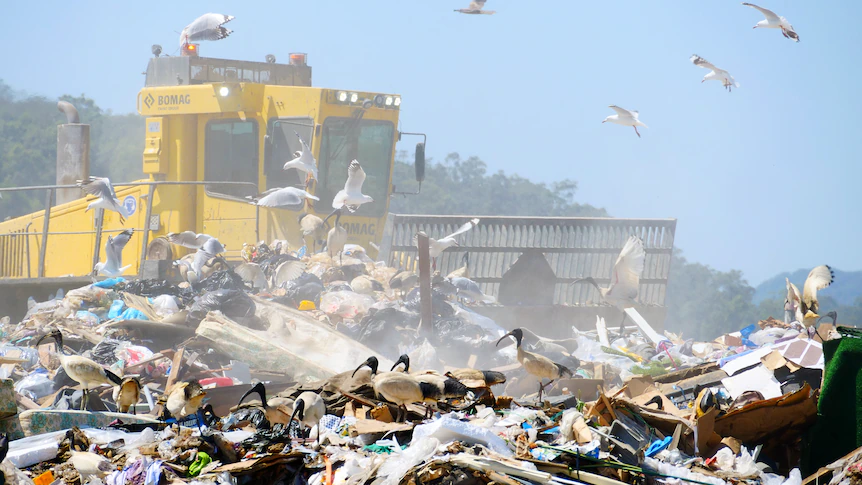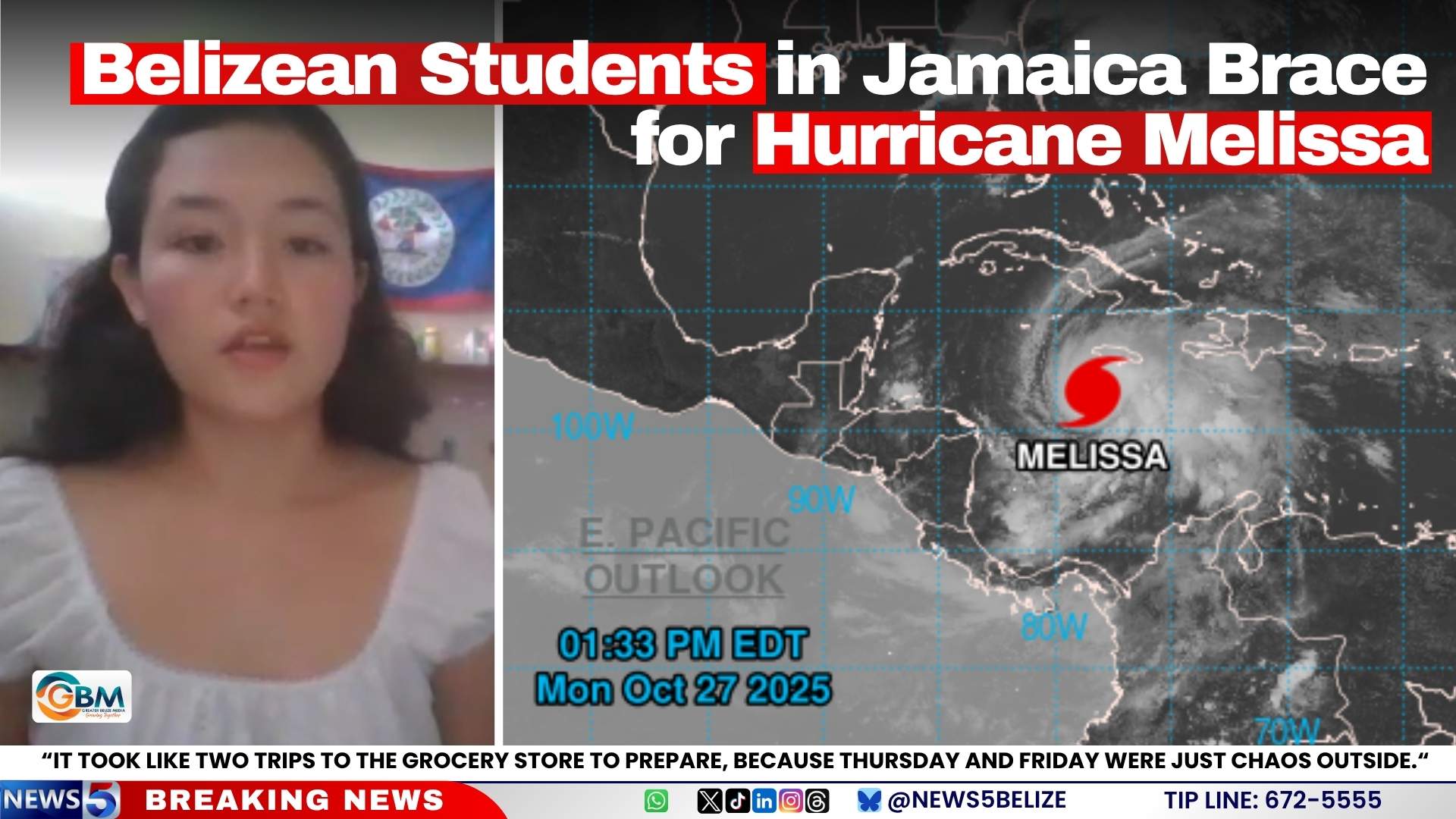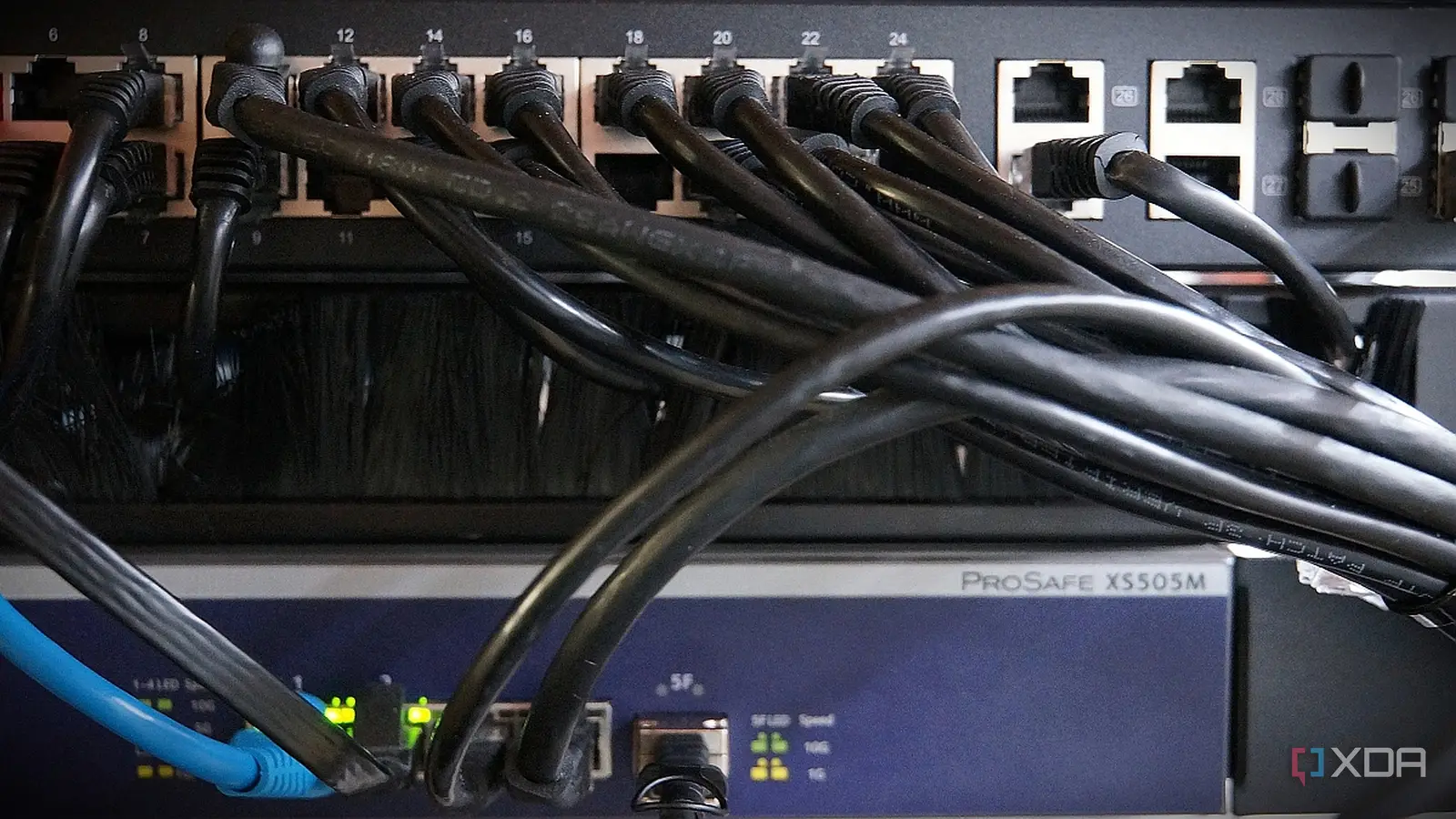Copyright abc

Your rubbish is getting more expensive and there are fewer places to dump it. It is a warning Australia's waste industry has voiced for a decade, but for many councils, the reality is about to hit. On the Gold Coast, rubbish tips will be exhausted within a decade. "I can see our waste levy going up three times — 300 per cent," Mayor Tom Tate said. His proposed solution is the Advanced Resource Recovery Centre (ARRC) — a $1.6 billion recycling precinct that would burn rubbish to generate electricity by 2032. How did we get here? Since 2019, the state government has charged councils for the amount of waste sent to landfill, as an economic incentive to improve recycling rates. But rates on the Gold Coast stagnated, with 53 per cent of recyclables dumped instead, creating a $138 million "budget black hole". Cr Tate said trucking waste to Ipswich's landfill instead would see "astronomical" costs. "One day Ipswich is going to wake up and say, 'We don't want to be the armpit of south-east Queensland,'" he said. Waste to energy, according to Cr Tate, would help divert 97 per cent of rubbish from landfill. "We want to be the master of our destiny as far as handling our waste and rubbish is concerned." How does it work? There are more than 2,000 thermal waste-to-energy facilities around the world. ARRC would be only the third in Australia. An 850 degree Celsius furnace uses residual waste as fuel to heat a boiler system. That produces steam, which feeds into turbines, generating electricity. The facility would use 660,000 tonnes of waste each year, sourced from the Gold Coast and nearby councils. Some waste falls through the furnace as bottom ash — a by-product used in road construction — while the fumes pass through an air-flue gas system. That removes pollutants, the residue from which would be disposed of on site. "The incinerators we had in the 1970s are not what we're building here today," ARRC's director Grant Gabriel said. "We're building modern, high-tech facilities capable of resolving our residual waste challenges in an environmentally sustainable way that protects public health." Under Queensland regulations, ARRC must only target residual waste — the rubbish in red kerbside bins. The Gold Coast facility would output 65MW per year — enough to power 85,000 homes. "We are, when you start looking at our recovery rates here in Australia, 20 to 30 years behind other parts of the world," Mr Gabriel said. How has it performed overseas? The United Kingdom introduced a landfill tax in 1996. Household recycling quadrupled to 41 per cent by 2010 but has stalled at 45 per cent. Since 2012, the amount of incinerated waste jumped 130 per cent in England, according to a 2024 House of Commons report. The proportion of waste sent to landfill dropped from 80 per cent in 2000 to less than 10 per cent. Half the rubbish collected by English councils was incinerated in 2024. New planning and environmental conditions have been put in place. "Over the last 14 years, England has seen recycling rates stall, meaning too much waste is dealt with through incineration or thrown in landfill," according to the UK Department of Environment. New projects in England can only be approved if they "help lower the amount of non-recyclable waste sent to landfill or enable the replacement of older, less efficient plants". Energy reaching capacity this decade Suez Group operates 11 of the UK's more than 50 waste-to-energy facilities. Chief technical development officer Stuart Hayward-Higham said new facilities may no longer be needed this decade. "We'll probably be at the right capacity," he said. "We have 30-year-old [energy-from-waste facilities] and we have ones that are new, so if we need to decrease the fleet over time because we're doing better on recycling and we're diverting more waste … then some of those won't get refurbished and they'll get turned off." Mr Hayward-Higham said Australia was at "the start of that journey away from landfill" but "waste never stops arriving". "If we have a problem with one facility, we'll use other facilities to back it up — you have less ability in Australia to do that," he said. "Landfill is a very easy solution but it has long-term legacy costs." Landfill's methane problem As organic waste breaks down in landfill, it generates methane — a greenhouse gas. The deputy head of civil and environmental engineering at Monash University, Professor Victor Chang, said, "One kilogram of methane, we call it global warming potential, is equivalent to 20-30 kilograms of CO2." While incinerating waste generates CO2, proponents argue it is a better option than methane. ARRC's Grant Gabriel said 44 per cent of the Gold Coast council's carbon footprint came from landfill and that waste-to-energy would save up to 0.75 tonnes of greenhouse gas per tonne of rubbish. A Zero Waste Scotland report found, on average, waste-to-energy produced 27 per cent less greenhouse gases than landfill in 2018, but noted it could "no longer be considered a source of low carbon energy". A 2021 report from UK waste industry group Environmental Services Association found it produced just under half the greenhouse emissions of landfill. Then, there is carbon dioxide A Monash study of 600 Chinese waste-to-energy facilities found some produced more carbon emissions per unit of electricity than coal. But it also found that those emissions could be halved with the adoption of modern facilities and by reducing plastic. "Plastic is one of the biggest enemies towards the whole sustainability," Professor Chang said. "If we burn plastic we might not only create CO2 and trigger greenhouse gas issues, but also if we don't burn it completely, it might create certain very harmful chemicals like dioxins. "The best way is to recycle and segregate plastic out from the waste-to-energy stream." Carbon capture is being trialled at several facilities in Europe, but Professor Chang said it had not been proven commercially viable yet. "We can use empty mining grounds to store those materials but how can we seal it properly and how can we make sure, once we put it in, it will not escape into the environment?" Professor Chang said. But he remained "cautiously positive" about waste-to-energy's potential. "If we do it properly, we can treat the combustion exhaust to be cleaner than the ambient air we breathe in," he said. "The only way to earn the [public] trust is really through a clear, transparent communication and a very honest reporting system." Part of a bigger puzzle Mr Gabriel said ARRC would also contain new recycling centres to improve recovery rates, with $90 million already spent on diverting organic waste from landfill. But he said demand for waste-to-energy remained. "We could pull in waste from Coffs Harbour, we could pull in waste from Grafton, we could go all the way to the Sunshine Coast," he said. Waste Management and Resource Recovery Association CEO Gayle Sloan said waste-to-energy had a role after recycling. "If we didn't throw out into the red bin, we wouldn't need these facilities," she said. "We keep trying to think that the fairies come, basically, and take the material away. "We talk about recycling but we buy products that are not recyclable — we're reaching a crunch."



